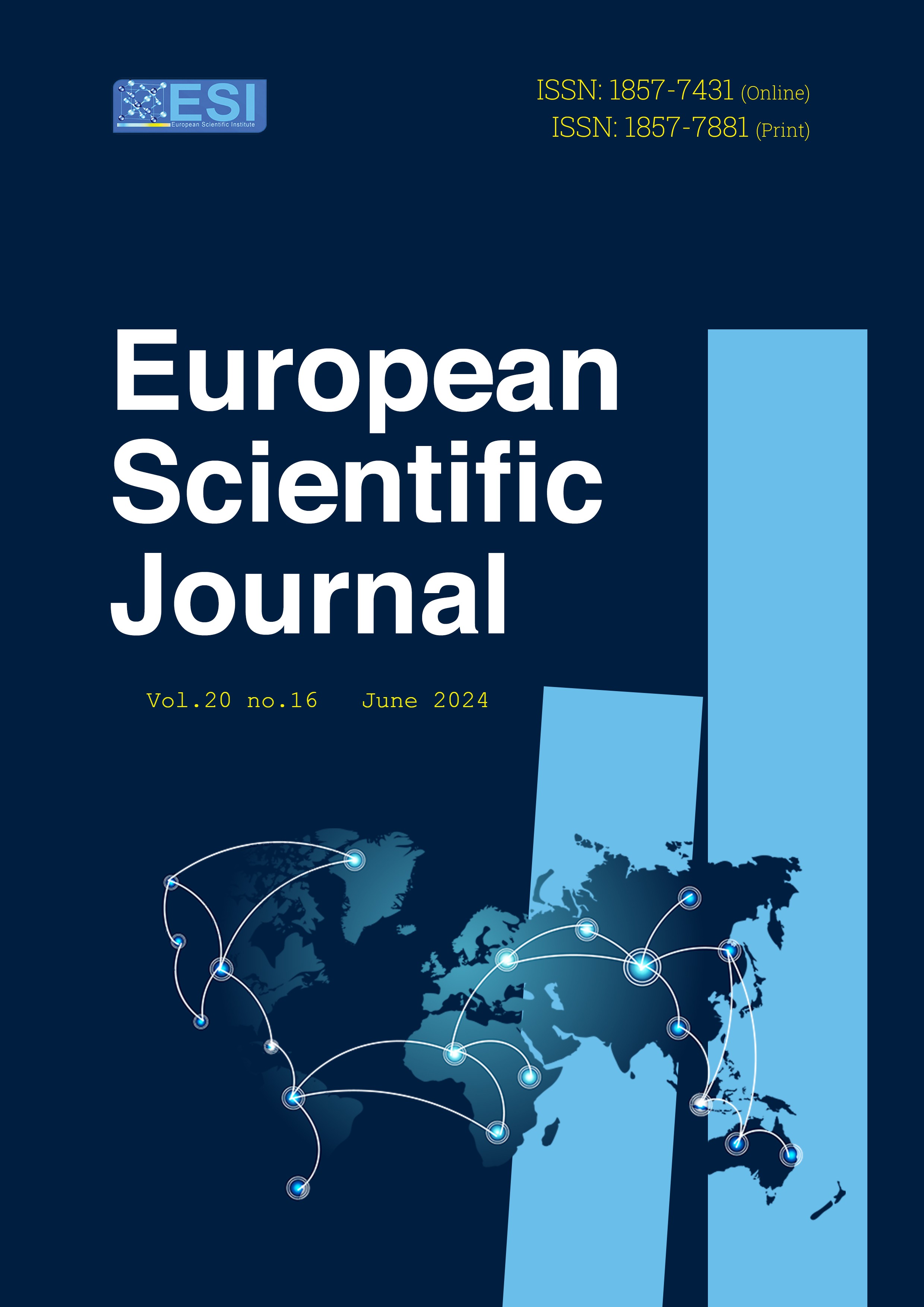Theoretical Background of Input-Output Analysis and its Application in Albania
Abstract
The input-output (IO) method is widely used in economic analysis to understand the relationship between sectors of the economy. One of the major advantages of the IO method is its ability to capture the direct and indirect effects of different policies in one sector on other sectors of the economy. The IO table system is a crucial component of the European System of Accounts, a standardized framework for the production of European Union statistics on economic activities. Utilizing various mathematical techniques and methods, the IO analysis shows adaptability as a tool of analysis. In comparison to alternative methods, one of the primary benefits of the IO method is its flexibility in incorporating aggregate data. This enables researchers and policymakers to gain a more comprehensive understanding of the interrelationships between different sectors of the economy as well as the effects of different policies on multiple sectors of the economy. This paper examines several studies by different authors related to IO analysis, which use official data from IO tables across various countries to analyze the economy of a country, region, and global impact. This paper evaluates the limitations of the application of the IO method in Albania, considering the techniques of constructing symmetrical IO tables and the types of analyses conducted through these data.
Downloads
Metrics
PlumX Statistics
References
2. Baumol, W. J. (2021). Anne Carter and Input-Output: Technology, Trade, and Pollution. World Scientific Publishing Co., 2021. ISBN 9789811233296. DOI 10.1142/9789811233296_0025.
3. Christ, C. F. (1955). A review of input-output analysis. Input-output analysis: An appraisal, 137−182.
4. Common, M., & Stagl, S. (2005). Ecological economics: an introduction. Cambridge University Press.
5. Duarte R., Sánchez-Chóliz, J., de la Cal, J. S., & Castellano, I. C. (2011). ¿ Cuánto hemos cambiado? Cambio estructural y cambio tecnológico en la economía aragonesa. Documento de trabajo-Fundación Economía Aragonesa (FUNDEAR), (57), 1−90.
6. Eurostat, E. (2013). European system of accounts ESA 2010. Official Journal of the European Union, 174, 56.
7. Ghosh, A. (1958). Input-output approach in an allocation system. Economica, 25(97), 58-64.
8. Hallegatte, S. (2008). An adaptive regional input‐output model and its application to the assessment of the economic cost of Katrina. Risk Analysis: An International Journal, 28(3), 779−799.
9. Humbatova, S. I., & Hajiyev, N. G.-O. (2020). Investment and loaning in Azerbaijan agriculture. Bulgarian Journal of Agricultural Science, 26(6), 1116–1128.
10. Joghee, M. V. (2020). An Empirical Analysis on the Role of Scheduled Commercial Banks in Financing Agricultural Sector in India. CLEAR International Journal of Research in Commerce & Management, 11(10), 11–12.
11. Kodderitzsch, S. (1999). Reforms in Albania agriculture : assessing a sector in transition (English). World Bank technical paper; no. WTP 431. Europe and Central Asia environmentally and socially sustainable rural development series Washington, D.C.: World Bank, Group. http://documents.worldbank.org/curated/en/340211468768336594/Reforms-in-Albania-agriculture-assessing-a-sector-in-transition
12. Lenzen, M. (2016). Structural analyses of energy use and carbon emissions–an overview. Economic Systems Research, 28(2), 119-132.
13. Leontief, W. (Ed.). (1986). Input-output economics. Oxford University Press.
14. Midmore, P., Munday, M., & Roberts, A. (2006). Assessing industry linkages using regional input–output tables. Regional Studies, 40(03), 329-343.
15. Norbu, N. P. (2021). Structural transformation and production linkages in Asia-Pacific least developed countries: An input-output analysis. Structural Change and Economic Dynamics, 59, 510-524. Elsevier, 510-5013.
16. Parra, F. (2020). An input output analysis model for the Spanish economy based on working hours. The Journal of Applied Business and Economics, 22(11), 204-223. Retrieved from https://www.proquest.com/scholarly-journals/input-output-analysis-model-spanish.
17. Pearson, P. J. (1989). Proactive Energy-Environment Policy Strategies: A Role for Input—Output Analysis?. Environment and Planning A, 21(10), 1329-1348.
18. Ramausen. (1956). Base de datos: Europeana. https://www.europeana.eu/es
19. Sönmez, H. A. K. A. N. (2023). The import dependency of intermediate input and final demand in the food industry in Turkey: sectoral forward and backward linkage effects. INTERNATIONAL STUDIES IN ECONOMICS AND ADMINISTRATIVE SCIENCES, 133.
20. Szyrmer, J. M. (1985). Measuring connectedness of input-output models: 1. Survey of the measures. Environment and Planning A, 17(12), 1591-1612.
21. Wixted, B., Yamano, N., & Webb, C. (2006). Input-output analysis in an increasingly globalised world: applications of OECD's harmonised international tables.
22. Yamano, N., & Ahmad, N. (2006). The OECD input-output database: 2006 edition.
Copyright (c) 2024 Skender Uku, Elona Shehu

This work is licensed under a Creative Commons Attribution 4.0 International License.








